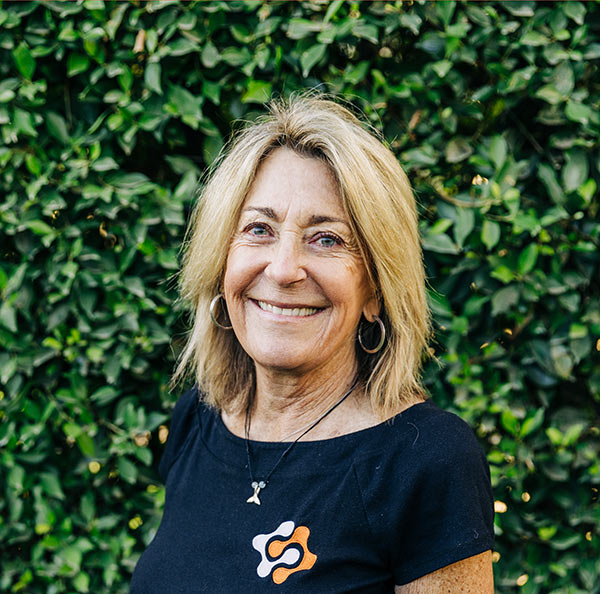Until we shed the notion that school leadership is one person, school improvement will be an uphill battle. That said, according to current research, the principal has the 2nd highest influence on student achievement after the teacher. Knowing these two salient points, how do highly effective principals operate? How do they do the work of the principal to create a school where all children are well-served?
First, effective school leaders are the lead learners. They share and hold high expectations for all (including themselves), they are ubiquitous, they lead and participate in the learning, they know ‘their stuff’ and they are visible learners, constantly reflecting on their own practice.
Second, they also know they can’t do it alone so they create learning teams who:
- Focus on their own learning
- Believe in themselves and their capacity to improve
- Know they can positively impact the lives of their students
According to Hattie (2014), collective teacher efficacy quadruples the rate of student learning (*1.57 effect size)!!!
“Collective teacher efficacy is a group variable that reflects beliefs of a particular group of teachers about their collective ability to promote successful student outcomes within their school.” (Goddard, Hoy, and Woolfolk Hoy, 2000)
The principal’s job then is to co-create a culture where all stakeholders are committed to learning. The notion that the rate of student learning cannot exceed that of the teachers is well-founded. Basic to creating the effective learning culture is:
- Identifying and sharing beliefs around teaching and learning
- Setting a few ambitious yet achievable goals
- Creating learning teams with clear purpose and common practice
- Developing and modeling the mantra of Know Thy Impact, that is, constantly monitoring what impact teaching and leading has on the learner
When principals ‘get’ that the resources for extraordinary improvement are under the roof of her/his building, ‘get’ that their job is to tap those resources and grow those resources, understand the power of professional capacity (Fullan & Hargreaves, 2014), then he/she is on the road to improvement.
Developing professional capacity is the right work, is the work of the principal. So how does the principal effectively access professional capacity? Through teaming. A principal cannot effectively create a learning system through one-to-one conversations, walk-throughs, mentoring and guiding individual teachers. First, the principal does not have enough time, and second, learning is social and best accelerated through teams who have learned to learn from each other.
The PLCs that have become ubiquitous in the last decade are often contrived collegiality. They get together because of building and/or district requirements and usually do nothing that significantly improves teaching and learning. They are compliant.
To change from compliant teams to creative and critical teams takes focused leadership, takes the principal into the lead learner role. (Promote and participate in teacher learning, .84 ES, Robinson, 2011). The principal’s job is to create teams where the focus is on learning, on reflecting on their practice and using evidence to analyze efficacy.
High impact teacher teams are passionate learners, committed to the study of their own practice and do so collaboratively. Effective teacher teams feel optimistic because they know how to create success, they have learned to embrace errors, misconceptions, and failures, and seek feedback to improve practice. Ultimately they are constantly, collectively and collaboratively asking, “What impact are we having on our students?”
There is significant consistency among the researchers about high-performing schools. Key to their success is the collaborative learning culture. Distilled down, they are not a compliant culture, rather they are a robust professional culture where their practice is based on:
- A clear purpose, well-grounded and publicly stated
- Shared beliefs
- Commitment to high levels of learning for all (students, teachers, leaders) where all are students of our own practice
As a building principal, we don’t need to reinvent the wheel, we just want to buy and use the best wheels out there. A highly effective principal does two things exceedingly well. She/he is a passionate, committed and visible learner, constantly asking, “What is my/our impact?” And he/she understands the power of professional capital and unrelentingly promotes and participates in team learning where teams are constantly asking the question…
- What is our impact?
- Do you know your impact as a principal?
- How do you know?

